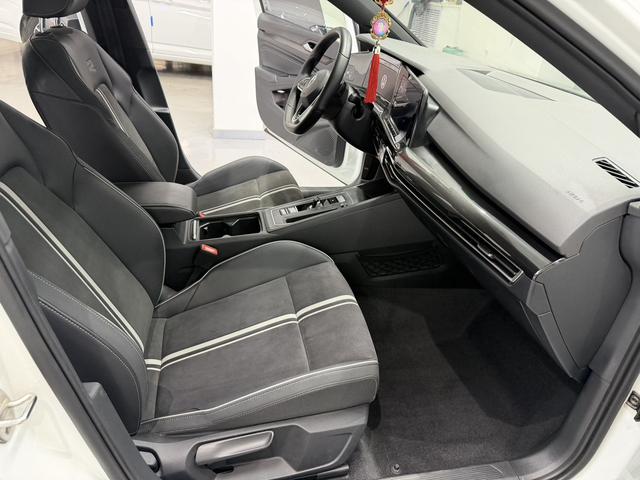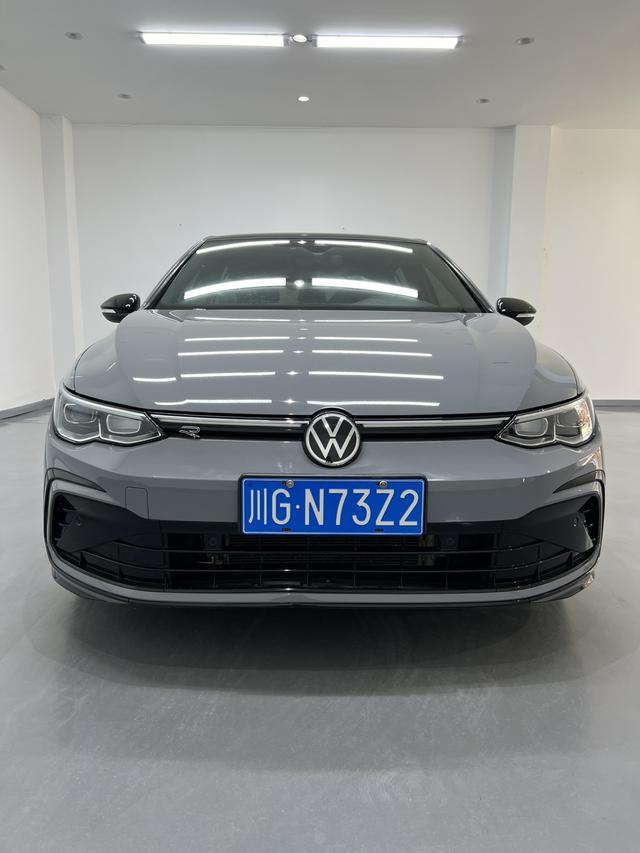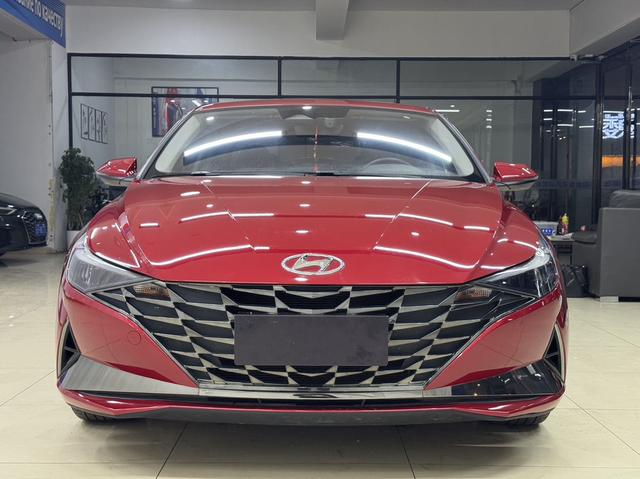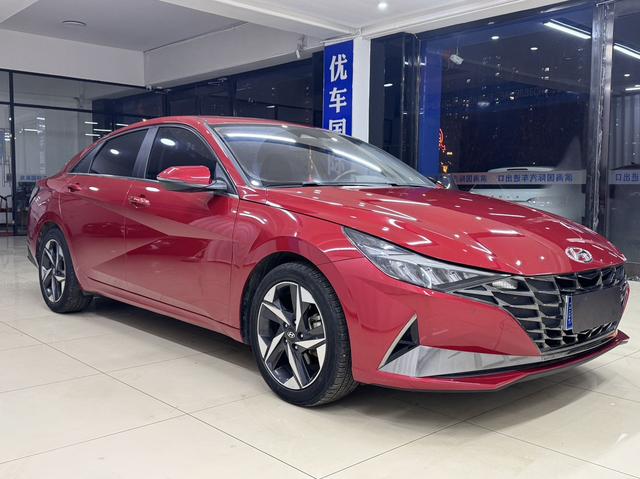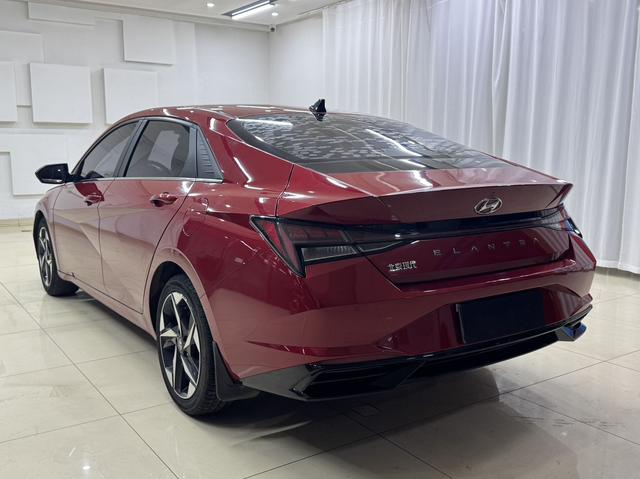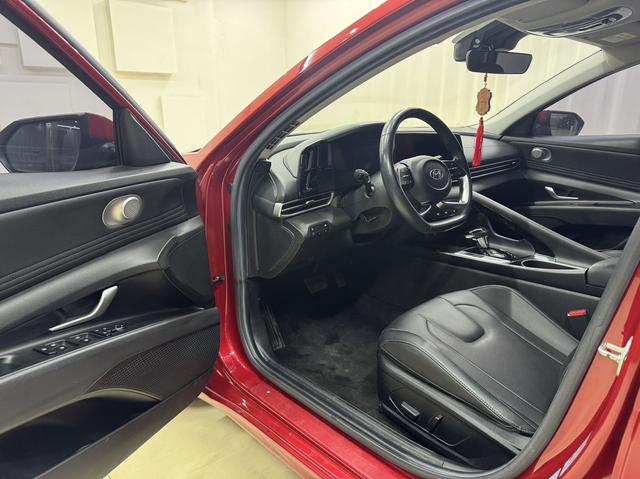
























Dongchedi and the Origins of China’s Car Market
The Chinese automotive market is the largest in the world, producing over 30 million vehicles annually. Chinese buyers are tech-native, active online, and strongly influenced by real-time data, price transparency, and detailed car comparisons. Platforms like Dongchedi have become essential tools for people to evaluate vehicles and make smart purchase decisions.
Dongchedi, which translates roughly as “Car Understanding Emperor,” is a car-information ecosystem launched under the ByteDance umbrella (the same group behind TikTok/Douyin). It blends car listings, expert reviews, specs databases, live streams, and algorithm-driven recommendations into one unified mobile-first platform. In a fast-moving and competitive market such services help customers filter huge amounts of information into personalized and clear choices.
Key Features Driving Its Popularity
Unlike older car classified sites, Dongchedi acts more like a decision-making engine than a basic marketplace. Its popularity comes from:
- Live sales broadcasting — dealers and creators demonstrate cars in real time.
- Extensive car library — technical specs, trims, dimensions, engines, and price tracking.
- Side-by-side model comparison tool — critical for markets with hundreds of fast-evolving domestic models.
- Fuel and energy segmentation — gasoline, hybrid, PHEV, EV, hydrogen and ethanol options clearly categorized.
- AI-enhanced recommendations — personalization based on browsing behavior rather than manual filtering alone.
China’s Market Evolution
China’s car market grew differently from Europe or the U.S. Instead of starting with mass importation, it developed through local manufacturing partnerships (e.g., Volkswagen–SAIC, GM–SAIC, Toyota–FAW), which gradually shifted into independent domestic brands. Today Chinese names such as BYD, Geely, Changan, Haval, NIO, Voyah, and Hongqi compete with or even surpass foreign rivals in popularity.
A noticeable trend is the dominance of electrification. China leads global EV adoption, supported by national subsidies, tax exemptions, city license-plate advantages, and rapid charging-station expansion. More than 35% of all vehicles sold in China now include electric powertrains (EV or plug-in hybrids). Consumers increasingly focus on range, battery durability, autonomous features, smart cockpits, and connectivity, making feature-heavy vehicles more attractive than purely mechanical performance.
Consumer Behavior and Market Trends
Chinese consumers prefer researching vehicles online before visiting a physical dealership. The average buyer reads 5–15 comparative articles, watches video reviews, checks price fluctuation charts, and reviews ownership feedback before deciding. This has created a demand for:
- Transparent pricing badges (e.g., great price, fair deal, high percentile savings)
- Short-format verdict content for young buyers
- Algorithm-ranked car reputation scores
- Rapid updates on model refreshes, recalls, or return cases
Competitive Pressure and Market Outlook
Domestic competition in China is uniquely intense. Brands drop new trims almost quarterly, forcing platforms to update databases faster than traditional automotive sites. Buyers are no longer wowed just by horsepower or design, but by measurable value: screen quality, AI assistant in the dashboard, lane autonomy, AR navigation, energy efficiency, and resale-prediction indexes.
Services such as Dongchedi are reshaping car purchases by giving buyers data power instead of manual guessing power. This echoes the long-term future of car classifieds — not just showing cars, but understanding cars






























